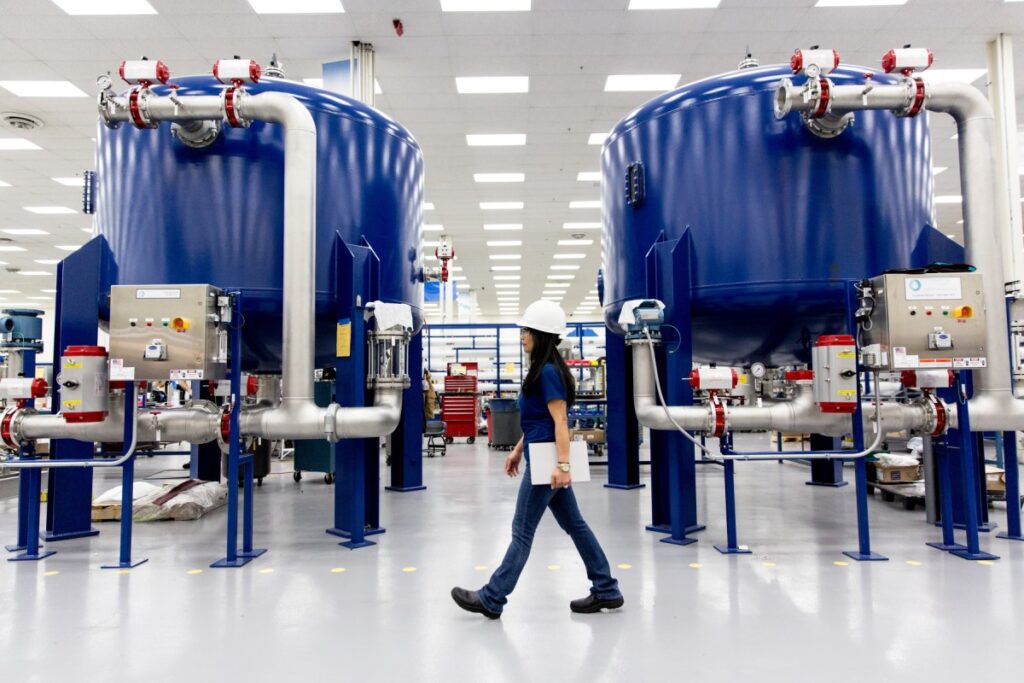Notizie per Categorie
Articoli Recenti
- Defending against the CVE-2025-55182 (React2Shell) vulnerability in React Server Components 15 Dicembre 2025
- Microsoft named an overall leader in KuppingerCole Leadership Compass for Generative AI Defense 15 Dicembre 2025
- Update: The retirement date for default outbound access has been extended to March 31, 2026. 12 Dicembre 2025
- [In preview] Public Preview: Azure Databricks Dashboard subscriptions now support Microsoft Teams 11 Dicembre 2025
- [Launched] Generally Available: Azure Sphere OS version 25.12 is now available for evaluation 11 Dicembre 2025
- Imposter for hire: How fake people can gain very real access 11 Dicembre 2025
- From awareness to action: Building a security-first culture for the agentic AI era 10 Dicembre 2025
- Clarity in complexity: New insights for transparent email security 10 Dicembre 2025
- Shai-Hulud 2.0: Guidance for detecting, investigating, and defending against the supply chain attack 9 Dicembre 2025
- Shai-Hulud 2.0: Guidance for detecting, investigating, and defending against the supply chain attack 9 Dicembre 2025
Microsoft Cloud for Manufacturing: 3 manufacturing innovation trends
Manufacturers are looking for technologies to help them succeed in a competitive landscape that demands fast-paced innovation as well as cost optimization. Investment in innovative manufacturing solutions is up, with manufacturers projecting 26 percent spending increases on technologies like digital twins.1 Now, manufacturers want to know which technologies will be the most worthwhile investments.
In the fifth installment of our webinar series, Microsoft Cloud for Manufacturing: Part 5Unlock Innovation, we take a close look at three trends that help manufacturers innovate faster than ever. We’ll also talk about real-world examples from Microsoft customers who are using these advanced manufacturing trends to accelerate their own innovations.
In this webinar, you’ll also learn more about Microsoft Cloud for Manufacturing. This industry-tailored cloud platform provides manufacturers with an end-to-end solution that connects people, assets, workflow, and business processes. The value of Microsoft Cloud for Manufacturing is further extended by our ecosystem of industry partners that help manufacturers overcome their greatest challenges.

Microsoft Cloud for Manufacturing: Part 5Unlock Innovation
This webinar series will highlight each of the cloud solutions that make up the Microsoft Cloud for Manufacturing. Part 5 of this webinar series covers how to accelerate innovation.
3 trends in manufacturing innovation
1. Optimize performance with digital twins and digital threads
Digital twins are digital simulations of products and assets, environments (including factories and cities), and processes. They provide manufacturers with the ability to refine products, processes, and decisions using a simulated environment based on information from the Internet of Things (IoT) connectivity. Digital threads are the means of connecting and viewing products or processing data through its lifecycle.
With a digital thread, manufacturers can collect and trace real-time informationincluding as-designed, as-manufactured, and as-maintainedthroughout the product’s lifecycle. That information can be used to identify new business opportunities. Once identified, manufacturers can use digital twins to explore those opportunities by virtually designing processes and productsoptimizing performance while shortening development cycles.
Several manufacturers are already accelerating innovation by following these trends:
- Lexmark: The printer manufacturer faced increasingly high customer expectations of their devices. In response, they innovated new designs and processes that turned their printers into IoT-enabled devices. Now they can trace data generated by their printers and pour that information into future designs and decisions.
- Celli Group: The beverage dispenser manufacturer saw an opportunity to provide customers with real-time information (like product quality and equipment health) at the point of sale. They turned their products into smart devices that captured and shared key metrics, helping customers to improve the quality of products, sales, service, and inventory management.
- Bosch: When the manufacturer needed a more efficient way to predict the maintenance of heavy machinery, they created digital twins of their plants. The machine data triggers alerts when symptoms of wear appear, enabling technicians to conduct maintenance at the most efficient time.
- Ansys: The engineering vendor wanted to enhance its simulation software so that customers could test system performance under any condition. They used Microsoft products to enhance their own digital twinshelping customers reduce costs and accelerate development.
2. Streamline product development with digital engineering
With digital engineering, manufacturers can streamline product development by using cloud-based manufacturing data platforms and an ecosystem of compatible, best-in-class partner solutions. Cloud-based platforms offer unique benefits, including the ability to:
- Ensure accurate product definition by collaborating securely and effectively on cloud-based platforms.
- Increase operational agility and productivity by using cloud-based engineering workstations for computer-aided design (CAD), computer-aided manufacturing (CAM), and computer-aided engineering (CAE) applications.
- Accelerate product and asset simulation and analysis with digital verification and design validation throughout the design process.
Electronics manufacturer Ricoh knows firsthand how digital engineering can accelerate manufacturing innovation. As part of a company-wide digital transformation initiative, they used Microsoft Azure Virtual Desktop to create a cost-effective, flexible, and scalable design environment using powerful graphics processing units (GPUs) available with Microsoft Azure high-performance computing (HPC).
3. The importance of HPC in manufacturing
While HPC isn’t new, it’s being heralded as a game-changer in the manufacturing industry today. Manufacturers with increased IT performance can maximize support of application scenarios by combining IT-based simulations, modeling, and data analysis. Popular HPC capabilities include complex calculations, increased operational agility, and higher quality utilization of IT resources. And the versatility of HPC solutions cannot be overstated: we’re seeing HPC applied across industries, including discrete, process, and pharmaceutical manufacturing.
IDC surveyed manufacturers who plan to use or are already using HPC.2 Their findings show how important HPC is to the current and future state of manufacturing:
- 81 percent of manufacturers that currently use HPC want to implement HPC-based business models in the future.
- 48 percent of manufacturers are already using external HPC infrastructure from a service provider, such as a public cloud.
- 34 percent of manufacturers plan to adopt external HPC infrastructure from a service provider in the next year.
Accelerate manufacturing innovation by learning from these trends
Manufacturers can innovate faster than ever before with digital twins, digital engineering, and HPC. Get deeper insights about these technologies and how manufacturers are using them by watching our webinar, Microsoft Cloud for Manufacturing: Part 5Unlock Innovation.
To learn more about accelerating innovation, download the Unlock manufacturing innovation and deliver new services infographic.
1IoT Signals: Manufacturing Spotlight, August 2022, Intel.
2 IDC InfoBrief, sponsored by Microsoft, High-Performance Computing: Game Changer in the Manufacturing Industry, IDC #EUR149006122, April 2022.
The post Microsoft Cloud for Manufacturing: 3 manufacturing innovation trends appeared first on Microsoft Industry Blogs.
Source: Microsoft Industry Blog

